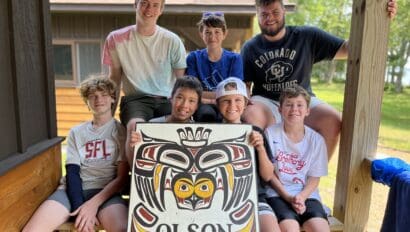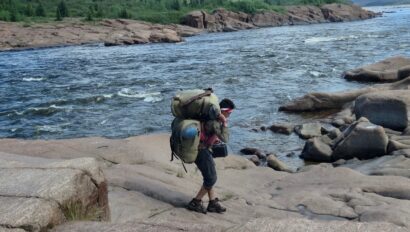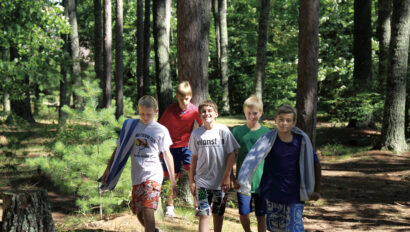Impact of Green Spaces on Youth Mental Health – and Why Kids Need Camp Chippewa
Green spaces were once a normal part of human life. They were the environment that humans spent every minute in – eating, sleeping, playing, walking, talking. Now, it seems that our green spaces are relegated to opulent national parks and ski resorts, small city parks, and TV. This is especially true as now over 50% of all humans live in urban areas – with that number increasing each year.
“Higher pace of life and social stress in the most urbanized areas could create a stronger need for restorative environments such as urban green space”
There are benefits to living in urban areas, such as proximity to health care, education, food and services. But this is countered by the significantly higher risk of developing psychiatric disorders for people living in urban areas as supposed to rural ones.
We know green spaces makes us feel good. We have all experienced the peace, the beauty, the quiet, and the benefits of exercise and clean air and open vistas and the sound of the wind in the trees and the feeling of the sun on our faces. But it turns out the importance of time spent in natural environments is far more expansive than simply the joy of a walk through the woods or a night in a tent. Nearly a million people were studied in a 28-year-long study conducted in Denmark [1]. The results gave scientific backbone to the beliefs on which Camp Chippewa was founded in 1935. We need green spaces. We need to be outside. The results showed that time spent in “green space during childhood is associated with better mental health”. In fact, children living in urban environments have a 55% higher risk of facing psychiatric disorders in adolescence and adulthood, as compared to children who grow up in more green space.
Living in an urban place is the reality for more and more children each year. But this is not an insurmountable obstacle to their mental health. Green spaces are not lost, and their benefits to young people are very real. Engemann et al. list “psychological restoration, encouraging exercise, improving social coherence, decreasing noise and air pollution affecting cognition and brain development, and improving immune functioning” as some of the benefits to time spent in natural settings.
“The protective association with green space builds up over time and that green space presence is important all through childhood… showing improved mental well-being and cognitive development among children exposed to more green space.”
Camp Chippewa gives boys the opportunity to reap the rich rewards of time spent outside. All of the benefits that counteract the above mentioned psychiatric disorders are the cornerstones of Chippewa’s program. Exercise, wide open spaces, clean air, time spent together, green spaces. That is Camp Chippewa. At Chippewa, boys have a chance to return to their evolutionary roots, and experience the benefits of green spaces.
https://www.pnas.org/content/116/11/5188
[1] Residential green space in childhood is associated with lower risk of psychiatric disorders from adolescence into adulthood. Kristine Engemann, Carsten Bøcker Pedersen, Lars Arge, Constantinos Tsirogiannis, Preben Bo Mortensen, Jens-Christian Svenning. Proceedings of the National Academy of Sciences Mar 2019, 116 (11) 5188-5193; DOI: 10.1073/pnas.1807504116


